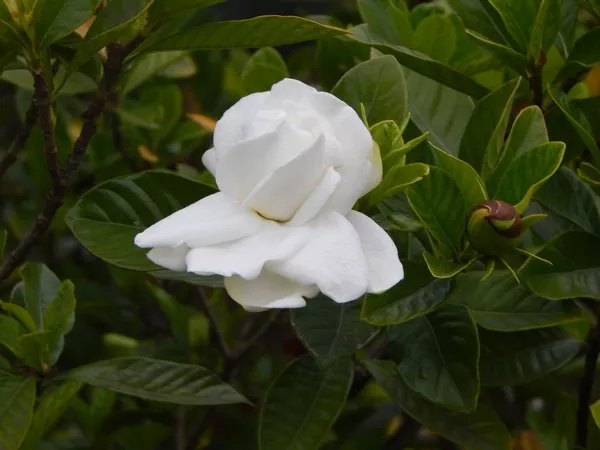In the intricate world of plant pests, some notorious culprits have gained recognition for their ability to weave intricate webs. These pests, often referred to as web weavers, pose a threat to plants by damaging foliage, impeding photosynthesis, and facilitating the spread of diseases. Understanding the identity and behavior of these web-spinning pests is crucial for effective pest management. In this article, we will delve into the world of plant pests that make webs, exploring their characteristics, the damage they cause, and strategies for their control.
1. Spider Mites: Tiny Weavers of Destruction
Spider mites are among the most common web-spinning pests, capable of wreaking havoc on a wide range of plants. These minuscule arachnids, measuring less than 1 millimeter in size, create fine silk webs on the undersides of leaves. Infested plants often exhibit stippling, yellowing, and wilting leaves, leading to diminished vigor and productivity. Spider mites thrive in warm and dry conditions, multiplying rapidly and causing severe damage if left uncontrolled.
2. Aphids: Web Builders and Sap Feeders
While aphids are primarily known for their ability to extract sap from plants, some species are proficient web builders as well. These soft-bodied insects form dense colonies on the undersides of leaves and stems, where they secrete a sticky substance called honeydew. This honeydew promotes the growth of sooty mold, and in some cases, aphids use it to construct protective webs. Aphid-infested plants often display curled and distorted leaves, stunted growth, and reduced yields.
3. Thrips: Silent Web Producers
Thrips, small insects measuring less than 2 millimeters, are not typically associated with web-building behavior. However, some thrips species produce silk webs as part of their reproductive cycle. These webs, although less conspicuous than those created by spider mites or aphids, serve as protective enclosures for eggs and nymphs. Thrips feed by puncturing plant cells and sucking out the contents, leading to silvering or bronzing of leaves and deformed flowers.
4. Fall Webworms: Master Architects
Fall webworms are caterpillars that construct extensive silk webs in the branches and foliage of various tree species. Unlike the aforementioned pests, fall webworms do not directly feed on plants. Instead, they create communal nests that enclose foliage, providing shelter and protection as they consume leaves within the web. The damage caused by fall webworms is usually cosmetic, but severe infestations can defoliate trees and weaken their overall health.
5. Bagworms: Weavers of Portable Homes
Bagworms, despite their name, are actually moth caterpillars that construct distinctive spindle-shaped bags made of silk and camouflaged with plant materials. These bags serve as mobile homes for the larvae, providing protection from predators and adverse weather conditions. Bagworms attach their bags to branches or twigs and feed on the foliage of host plants. Severe infestations can result in significant defoliation and weaken the overall health of trees and shrubs.
Control Strategies for Web-Spinning Pests
Managing web-spinning pests requires a multifaceted approach that combines cultural, biological, and chemical control methods. Here are some strategies for effectively controlling these pests:
Regular Inspection and Monitoring: Regularly inspect plants for signs of webbing, stippling, leaf distortion, or any other symptoms of pest infestation. Early detection allows for prompt intervention and prevents population growth.
Cultural Practices: Maintain plant health through proper watering, fertilization, and pruning. Healthy plants are more resilient to pest attacks and can withstand some damage without significant yield losses.
Biological Control: Encourage natural enemies of web-spinning pests, such as predatory mites, ladybugs, lacewings, and parasitic wasps. These beneficial organisms help keep pest populations in check.
Mechanical Control: For localized infestations, manually remove webs and pests using a strong stream of water or by handpicking them. This method is particularly effective for spider mites and aphids.
Chemical Control: If infestations are severe or other methods prove insufficient, judicious use of insecticidal soaps, horticultural oils, or botanical insecticides may be necessary. Follow product labels carefully and use pesticides as a last resort.
Conclusion
Web-spinning pests pose a significant threat to plants, impacting their growth, health, and overall productivity. Understanding the characteristics and behavior of these pests, such as spider mites, aphids, thrips, fall webworms, and bagworms, is essential for effective pest management. By implementing a comprehensive approach that combines regular monitoring, cultural practices, biological control, mechanical methods, and targeted pesticide use when necessary, gardeners, landscapers, and farmers can mitigate the damage caused by these web weavers and ensure the health and vitality of their plants. Vigilance, early intervention, and a holistic pest management approach are key to keeping these web-spinning pests at bay and safeguarding the plants we cherish.


